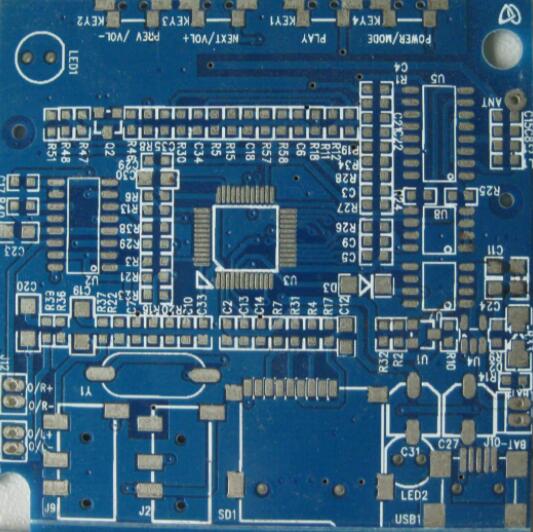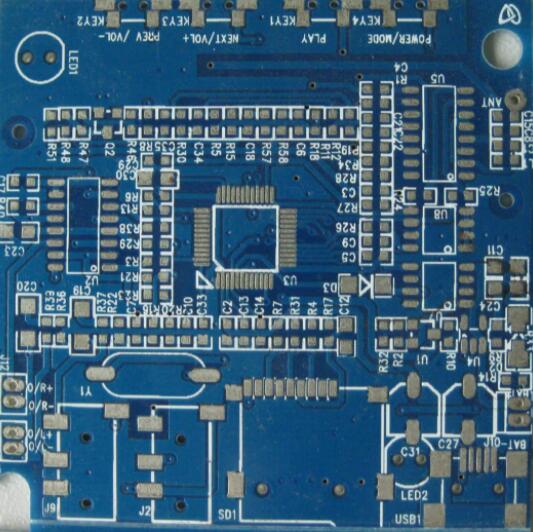Amplifier selection criteria for PCB designers
Everyone may be familiar with the classic 741 op amp, especially when you think back to the early electronics courses. But when it comes to special applications, the range of available amplifiers is enough to excite any designer. Once you understand how different amplifiers refer to different specifications, you can easily determine the best amplifier for your application. We have compiled a list of important amplifier selection criteria for PCB designers.
Amplifier
All amplifiers are divided into different categories, which determines their usefulness in different applications. The following are 5 common amplifier categories:
l Class A. These amplifiers are designed to be highly linear and are always biased. Therefore, they are not suitable for high-power applications because they will consume more power than other types of amplifiers.
l Class B. These amplifiers are designed as more effective alternatives to Class A amplifiers. However, because the FETs they use require the least input to turn on the transistor, they cannot reproduce the input waveform perfectly and will produce some distortion at lower input signal strength. This is called crossover distortion.
l Class AB. These amplifiers can be said to be the most commonly used amplifiers in a wide range of applications. They have higher efficiency than Class A amplifiers without crossover distortion. They also have comparable linear ranges.

l Type C. These amplifiers are more often used in RF applications. Since the internal LC oscillator circuit or other circuits are used to provide strong gain at high frequencies, they can be designed to have a wider bandwidth. However, their linearity is lower than the linearity of the aforementioned amplifiers.
l Class D. These amplifiers use some form of PWM to control the output. The output is converted back to an analog signal through a low-pass filter at the output. These are usually used in motor control applications by converting the output to a higher frequency PWM signal.
Note that there are many other types of amplifiers with different professional levels. No matter which amplifier you choose to use, you need to weigh some different specifications of different amplifiers.
Important specifications for amplifier selection criteria
When choosing an amplifier for analog signals, please pay attention to the following specifications:
l Open loop and closed loop voltage gain. The open loop gain effectively tells you the maximum gain that the amplifier can produce. In fact, once the feedback is applied, you will measure the closed loop gain. Note that this is a function of frequency; the Bode plot of the gain spectrum will be similar to that of a low-pass filter.
l Linear range. There are several ways to reference this value. The relationship between input and output signals is never a perfect linear relationship, but it may be close in many applications. It can be specified as the input signal level range (usually in dBm), or it can be specified as the maximum input value with some associated distortion value.
l Dynamic range. This is just the difference between the smallest and largest possible output value. The minimum value is limited by the noise floor, and the maximum value is limited by the linear input range. Generally, the dynamic range is DR = SNR + 1.
l Bandwidth. For general purpose amplifiers, this is actually related to the rise time, which is the time required for circuit switching (10% to 90%). This will limit the range of useful frequencies in the amplifier (see note below this list).
l Slew rate. This is the rate of change of the output, usually in V/us or V/ns.
l Common mode rejection ratio. This is the ability of the amplifier to suppress the common mode noise present at both input terminals of the amplifier.
l Efficiency. This figure is actually a statement about heat dissipation. A more efficient amplifier will consume less power as heat.
l Input. The amplifier can be fully single-ended or fully differential (ie, differential input and differential output).
All the above parameters are functions of the input frequency. The dedicated amplifier will have a specified bandwidth in certain frequency ranges. Make sure that the bandwidth overlaps the target frequency range. There are other important specifications for amplifiers used in specific applications.

Power amplifier
All power amplifiers (usually Class B, C or AB) are designed to operate near their non-linear compression point and consume a lot of power during operation. Generally, the output power of the amplifier will decrease as the temperature rises. The power output reduction range of the high-quality stable amplifier over the entire operating temperature range should be less than 1 dB. Other specifications should show similar stability.
When choosing a power amplifier, whether it is for a specific application or a general application, the points listed above should be considered. However, power amplifiers have been developed for different applications, and the specifications listed for different amplifiers are suitable for designers dealing with these special applications. RF power amplifiers are a good example, where amplifiers in different frequency bands are based on different semiconductor processes.
The inherent nonlinearity of these amplifiers can cause some unexpected effects during operation. Designers in the audio community may be familiar with total harmonic distortion (THD) or total harmonic distortion plus noise (THD + N). Harmonic distortion is a non-linear effect, and high-order harmonics of the desired signal will appear in the output. Your power amplifier should have the lowest THD or THD + N level (usually expressed as a percentage).
Power amplifiers used to process FM signals usually specify distortion based on the third-order intercept point (3OIP). The non-linear characteristics of the power amplifier will produce high-order harmonics and intermodulation products, which are caused by the non-linear mixing between different frequencies in the FM signal. These intermodulation products appear as sidebands in the output spectrum of the amplifier. This level of distortion due to non-linearity is also referred to as intermodulation distortion (IMD) outside the RF community.
We are not an agent
Our factory is located in China. For decades, Shenzhen has been known as the world's electronics R&D and manufacturing center. Our factory and website are approved by the Chinese government, so you can skip the middlemen and buy products on our website with confidence. Because we are a direct factory, this is the reason why 100% of our old customers continue to purchase on iPCB.
No minimum requirements
You can order as little as 1 PCB from us. We will not force you to buy things you really don't need to save money.